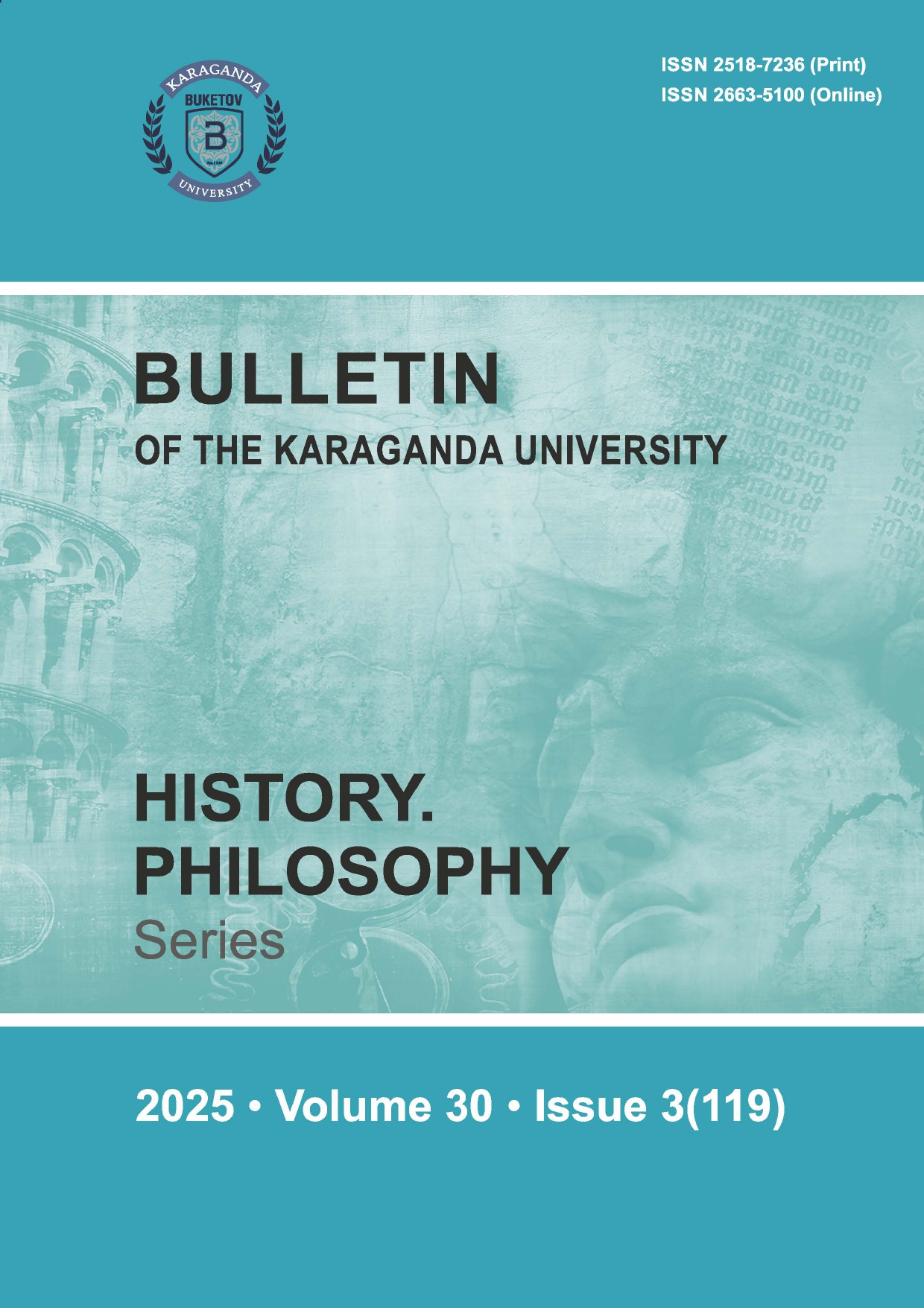Linguistic and semantic problems in the philosophy of translation
DOI:
https://doi.org/10.31489/2025hph3/262-269Keywords:
translation, philosophy, linguistics, semantics, language, words, culture, researchAbstract
The philosophy of translation faces several linguistic and semantic problems related to the transfer ofmeaning between different languages. One of the key tasks of translation is to ensure equivalence, that is, topreserve the meaning of the original when using the means of another language. However, this is not alwayspossible due to differences in vocabulary, grammar, and cultural contexts. The study’s purpose is to identifyand analyze the main difficulties associated with the transfer of meaning between different languages, with anemphasis on the philosophical aspects of equivalence and untranslatability. The methodology includes acomparative analysis of linguistic structures and semantic fields, and a review of philosophical approaches totranslation. Some researchers believe that some linguistic elements cannot be adequately translated intoanother language due to the uniqueness of cultural and semantic contexts. This applies, for example, toidioms, metaphors, and specific terms deeply ingrained in a particular culture. In such cases, the translatorfaces a choice: use tracing paper, adapt the expression, or resort to explanatory translation. The possibility offully conveying the original text’s meaning in another language is the subject of philosophical debate. Somephilosophers believe that since each language represents a unique worldview, translation inevitably entails theloss or change of meaning. Others argue that despite the differences, it is possible to achieve functionalequivalence, in which the translation causes the reader to have similar reactions and understanding as theoriginal. Therefore, translation is not just a technical process of replacing words from one language withwords from another, but a deep philosophical and linguistic action that requires considering many factors topreserve and accurately convey meaning. The study identified key factors affecting the accuracy andadequacy of translation, such as cultural context, semantic features of languages and their grammaticalstructures. The research results can be applied both in theoretical translation studies and the practicaltranslation of philosophical and artistic texts. The conclusions emphasize the need to consider cultural andsemantic nuances to achieve equivalence and adequacy in translation.




